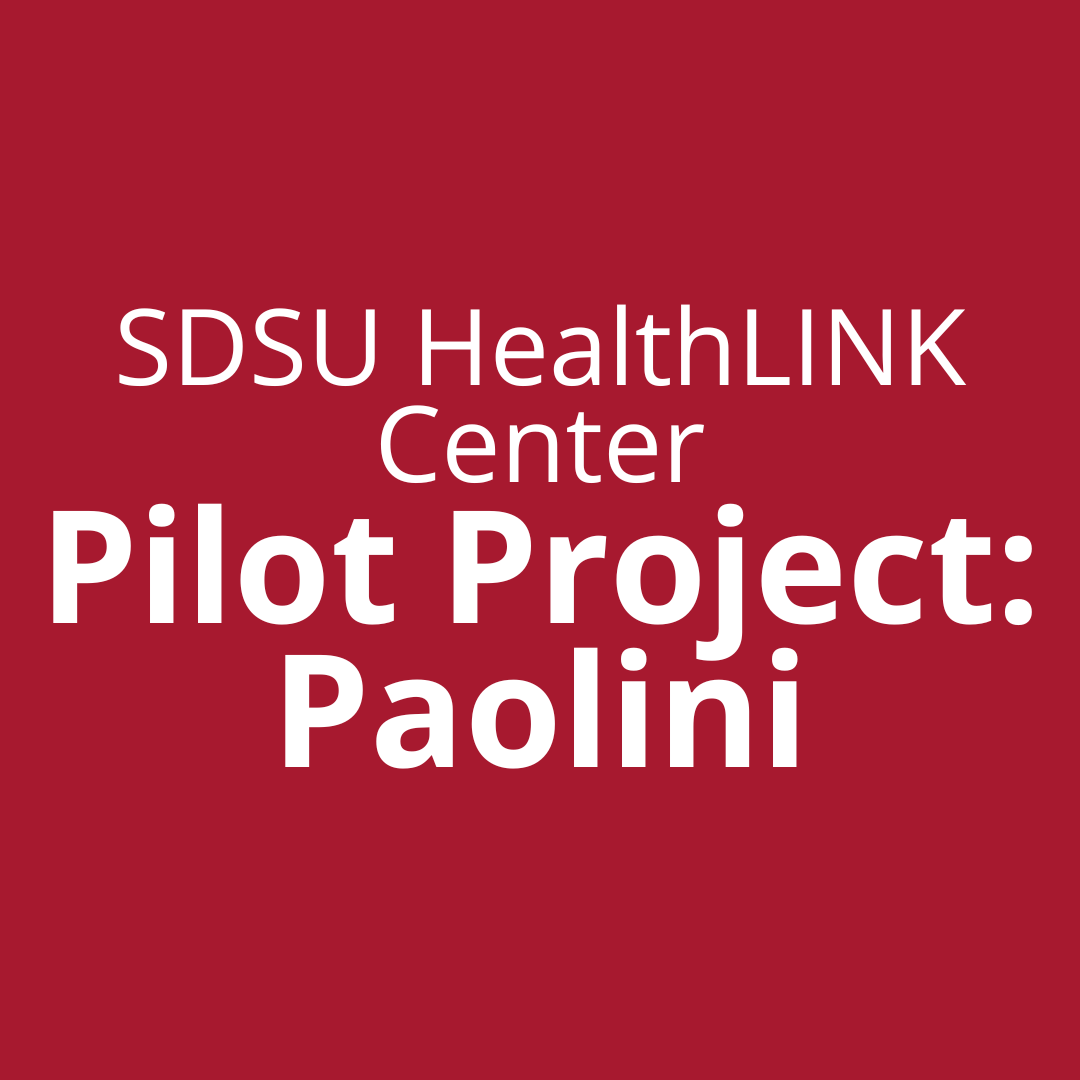About the Group
Public Description
Project Leader: Christopher Paolini, PhD
Abstract
A leading cause of physical injury sustained by elderly people is the event of unintentionally falling onto a hard surface. Older adults aged 65 and older are most susceptible to falling [1]. In fact, falls are the most common cause of non-fatal, unintentional injury hospitalizations, with the majority occurring in adults aged 65 years and over. Over two-thirds of older adults fall at least once per year [2], [3], and those who live in assisted living facilities fall with greater frequency per year than those who live in residential communities. Those who do fall are 2-3 times more likely to fall again within a year [4], [5]. Serious injury such as traumatic brain injury (TBI), concussion, significant cuts and bruising, and bone fractures occur in approximately 20% of falls [6]. Older adults who fall can suffer life-altering consequences such as depression resulting from a decreased quality of life due to loss of mobility, wasting, and early death from a major fall-related injury like hip fracture [7], [8]. Falls can also result in direct mortality. Approximately 600,000 fatal falls occur annually [9], rendering falling the second leading cause of unintentional injury that results in death. Given that older adults are disproportionately affected by falls, and that falls contribute to one-third of their deaths, there is a critical knowledge gap in the availability of technological approaches and systems that predict when a person is likely to fall.
Distributed computing practices are undergoing a paradigm shift, where computation is performed at the location where data is acquired, instead of being transmitted to a central server for processing. This computing shift has been enabled through advances in silicon integration that facilitate high performance, low power, small form factor, and low cost mobile wireless designs that can be worn on the body. Low-power field-programmable gate arrays (FPGAs) have become available that offer parallel processing capability to implement neural networks that perform inferencing. With inertial measurement sensors, FPGAs can implement fixed-function neural networks that can classify physical activities of daily life (ADL), such as sitting, walking, and falling.
We have designed a wireless, wearable, low-power fall detection sensor (FDS) to predict an imminent fall and detect when a fall occurs. The sensor continuously acquires ADL metrics to assess fall risk in participants who wear the device. We have deployed trained machine learning models on a low-power iCE40UP FPGA produced by Lattice Semiconductor that will detect falls. We have conducted sensor data acquisition, device training, and testing, through human fall experiments in the HealthLINK Center. The project outcome is the design and fabrication of a prototype wearable, wireless, low-power device for accurately detecting falls.
References
[1] N. M. Peel, H. P. Bartlett, and R. J. Mcclure, “Healthy Aging as an Intervention to Minimize Injury from Falls among Older People,” Ann. N. Y. Acad. Sci., vol. 1114, no. 1, pp. 162–169, Oct. 2007, doi: 10.1196/annals.1396.026.
[2] M. C. Hornbrook, V. J. Stevens, D. J. Wingfield, J. F. Hollis, M. R. Greenlick, and M. G. Ory, “Preventing Falls Among Community-Dwelling Older Persons: Results From a Randomized Trial,” The Gerontologist, vol. 34, no. 1, pp. 16–23, Feb. 1994, doi: 10.1093/geront/34.1.16.
[3] J. M. Hausdorff, D. A. Rios, and H. K. Edelberg, “Gait variability and fall risk in community-living older adults: A 1-year prospective study,” Arch. Phys. Med. Rehabil., vol. 82, no. 8, pp. 1050–1056, Aug. 2001, doi: 10.1053/apmr.2001.24893.
[4] R. H. Friis, Ed., The Praeger handbook of environmental health. Santa Barbara, Calif: Praeger, 2012.
[5] J. Teno, D. P. Kiel, and V. Mor, “Multiple Stumbles: A Risk Factor for Falls in Community-Dwelling Elderly; A Prospective Study,” J. Am. Geriatr. Soc., vol. 38, no. 12, pp. 1321–1325, Dec. 1990, doi: 10.1111/j.1532-5415.1990.tb034
[6] L. Z. Rubenstein and K. R. Josephson, “The epidemiology of falls and syncope,” Clin. Geriatr. Med., vol. 18, no. 2, pp. 141–158, May 2002, doi: 10.1016/S0749-0690(02)00002-2.
[7] B. H. Alexander, F. P. Rivara, and M. E. Wolf, “The cost and frequency of hospitalization for fall-related injuries in older adults.,” Am. J. Public Health, vol. 82, no. 7, pp. 1020–1023, Jul. 1992, doi: 10.2105/AJPH.82.7.1020.
[8] D. A. Sterling, J. A. O???Connor, and J. Bonadies, “Geriatric Falls: Injury Severity Is High and Disproportionate to Mechanism:,” J. Trauma Inj. Infect. Crit. Care, vol. 50, no. 1, pp. 116–119, Jan. 2001, doi: 10.1097/00005373-200101000-000
[9] World Health Organization (WHO), “Falls.” World Health Organization (WHO), Apr. 26, 2021. Accessed: May 30, 2022. [Online]. Available: https://www.who.int/en/news-ro
